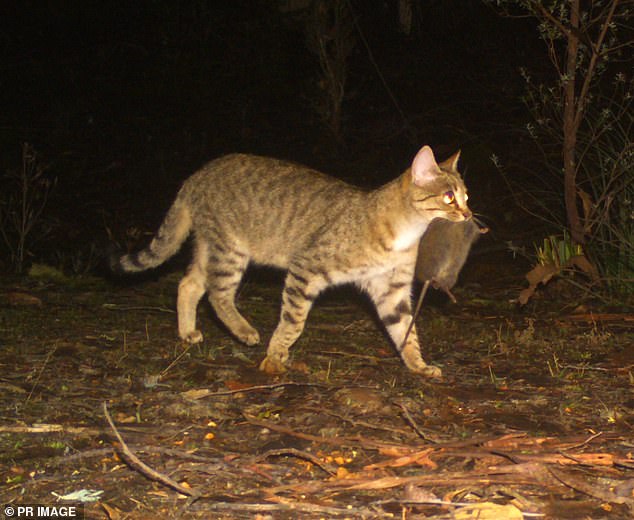Government flags new rules for cat owners that would ban their pets from going outside and restrict ownership in some areas
The government is flagging new rules for cat owners banning their pets from going outside and restricting their ownership in some areas
Cat owners may be banned from letting their pets outside, under new rules being considered by the federal government.
Environment Minister Tanya Plibersek unveiled new measures this week to protect native animals threatened in large numbers by domestic cats and feral cats.
The government’s proposed plan to tackle the cat problem was released for public consultation on Thursday. It includes giving councils across Australia the power to impose a curfew on cats or prevent them from going outside altogether.
Local governments could support the rules with hefty fines and also restrict cat ownership; either to a low number per household or completely for those who break the rules or who live near natural areas.
Professor Sarah Legge, who contributed to the plan, said cats are one of the ‘biggest threats to Australia’s native wildlife’, with felines being the major factor in 20 of the 29 native mammal species that have gone extinct since settlement.
Under a new government plan, cat owners could be required by law to keep their cats indoors

Environment Minister Tanya Plibersek said cats, both domestic and wild, are the biggest threat to native species
Councils across the country already have their own restrictions around pet ownership, but the government’s proposed plan would aim to make these uniform across the country rather than a “patchwork” of different rules.
Ways to manage the threat of feral cats will also be discussed in the paper.
“It is clear that feral cats are the biggest threat… but domestic cats also need to be managed properly,” Ms Plibersek said on Thursday.
According to the Invasive Species Council, there are about 5 million domestic cats in Australia, which are estimated to kill about 500 million native animals each year.
Feral cat numbers are generally smaller, ranging from 1.4 million to 5.6 million depending on rainfall conditions, but they kill more native animals: about 1.5 billion mammals, birds and reptiles each year.
“They are a major cause of the decline of many endangered terrestrial species, such as the bilby, bandicoot, bettong and numbat,” the government said.

Feral cats are found all over Australia and are responsible for the decline of native species

Prime Minister Anthony Albanese (left) is pictured with Tanya Plibersek
The federal government would have to work with state and territory governments to set the rules, and with local councils that would enforce them.
“This consultation paper will ask really important questions, like: Should we have a cat curfew? Should local governments be given more options to restrict cat ownership in their area?’ Mrs. Plibersek said.
“We need to handle it better and I would say that people who love their cats and are, for the most part, responsible cat owners are already doing a lot of these things, like keeping their cats indoors, especially at night.”
The newspaper is looking at a target of a 30 percent increase in suburban areas where the number of cats is controlled, either by banning cat ownership or by banning them from going outside.
Public consultation on government paper closes on December 11.
